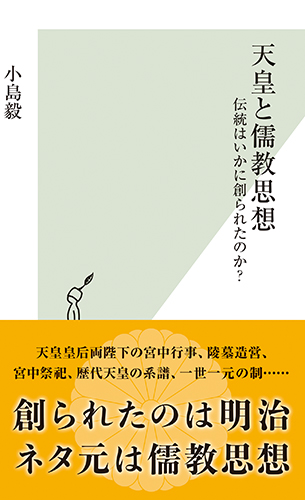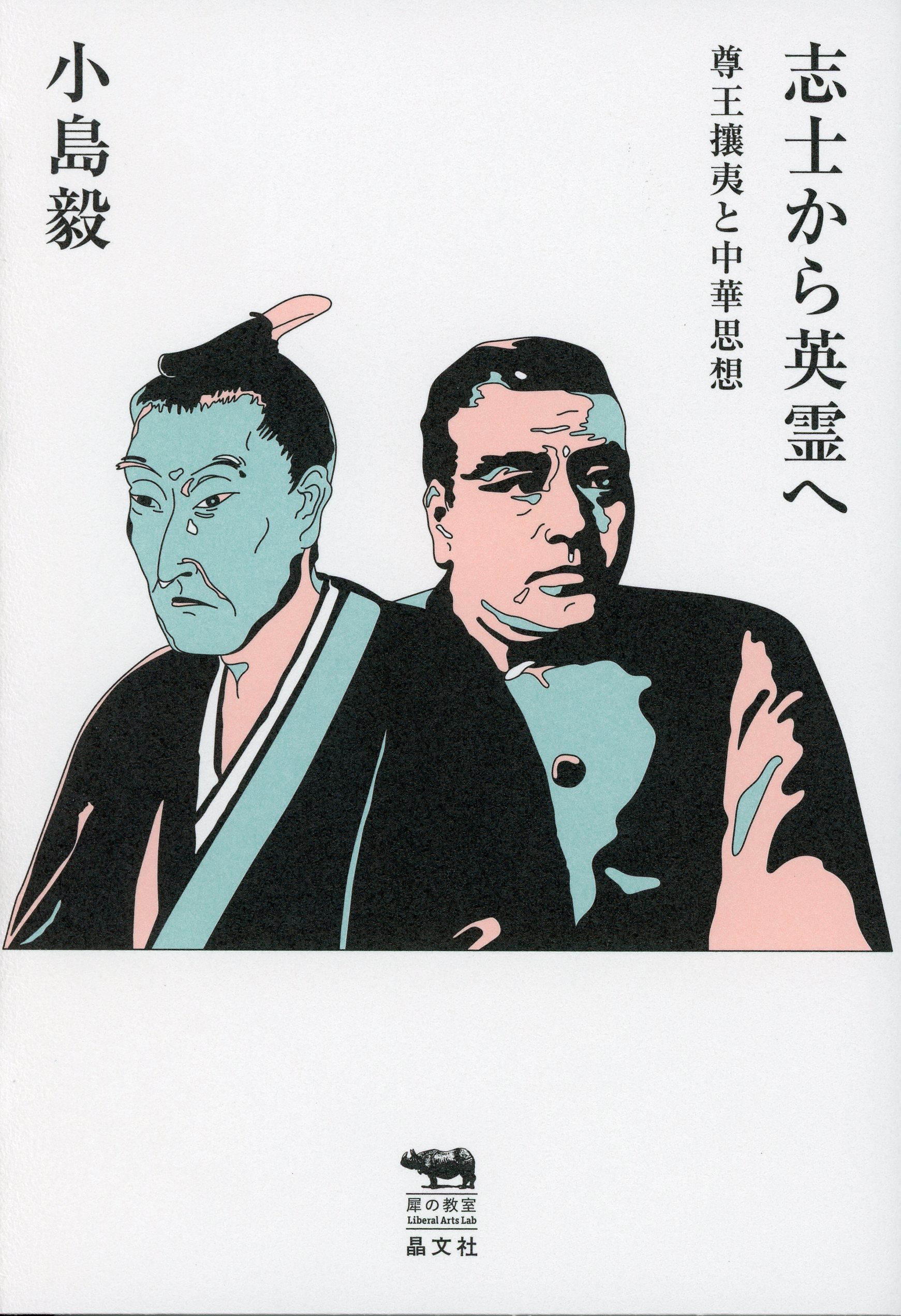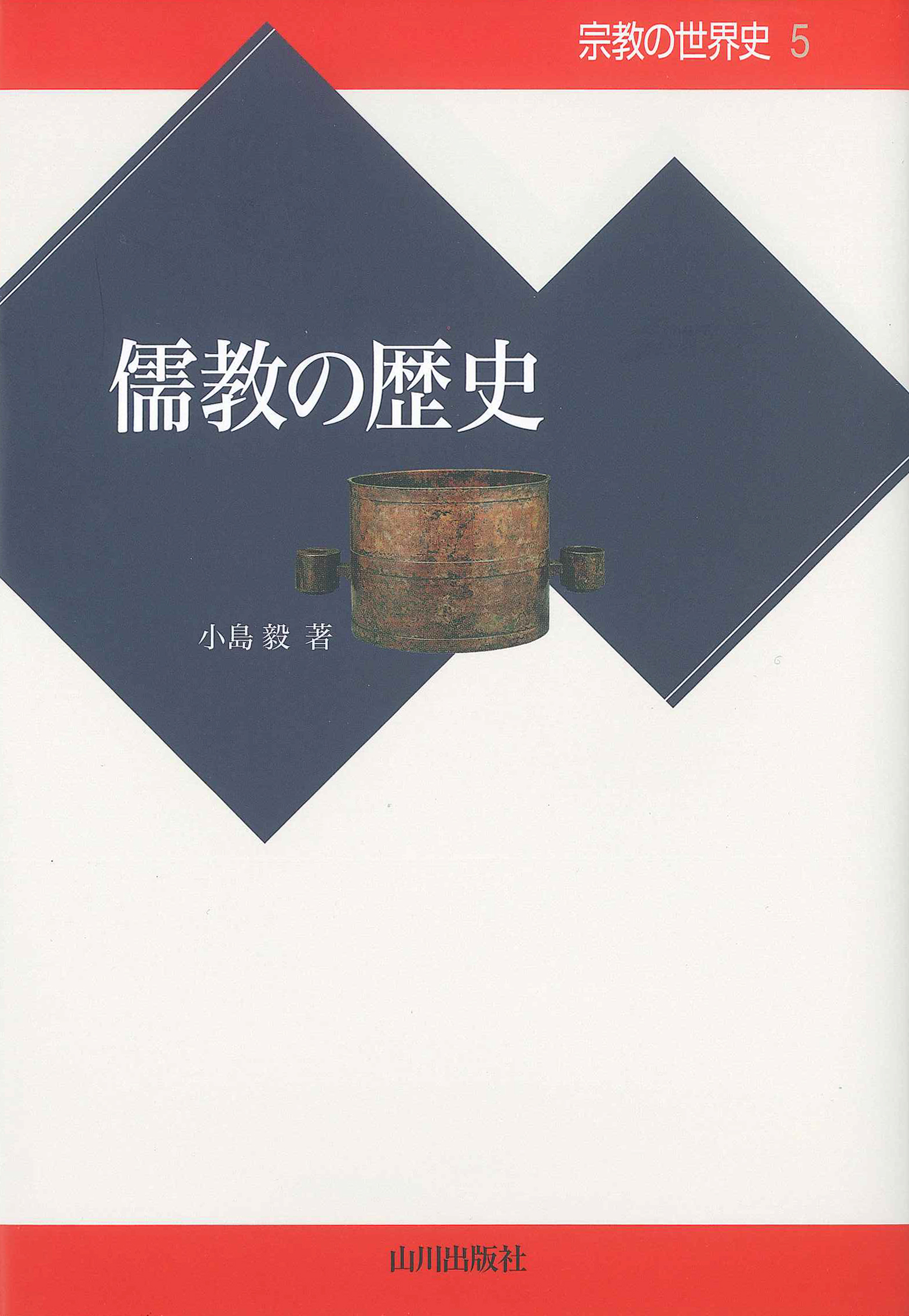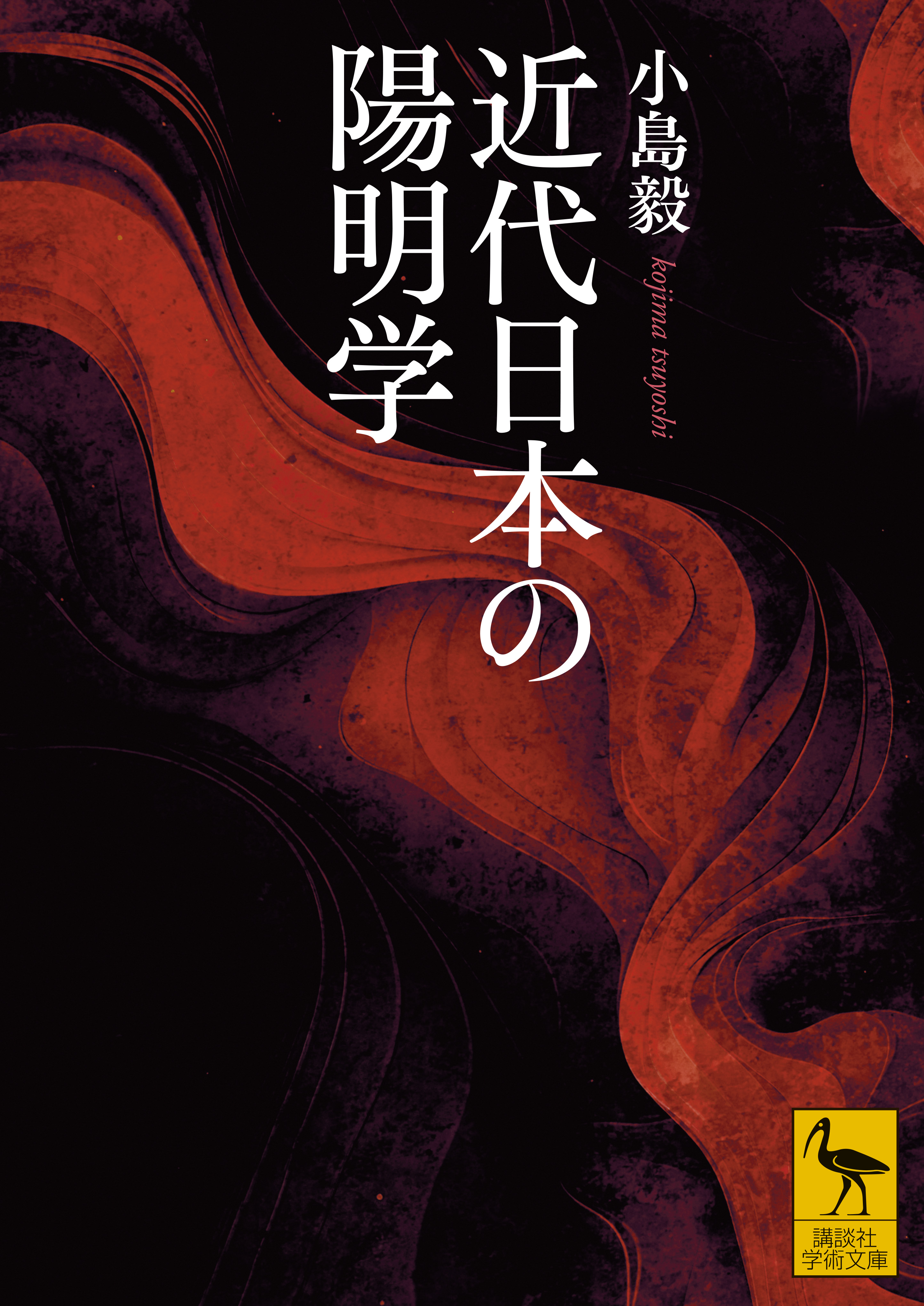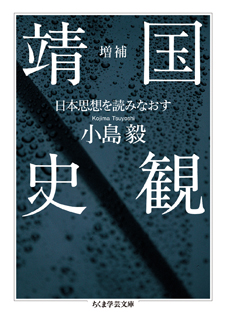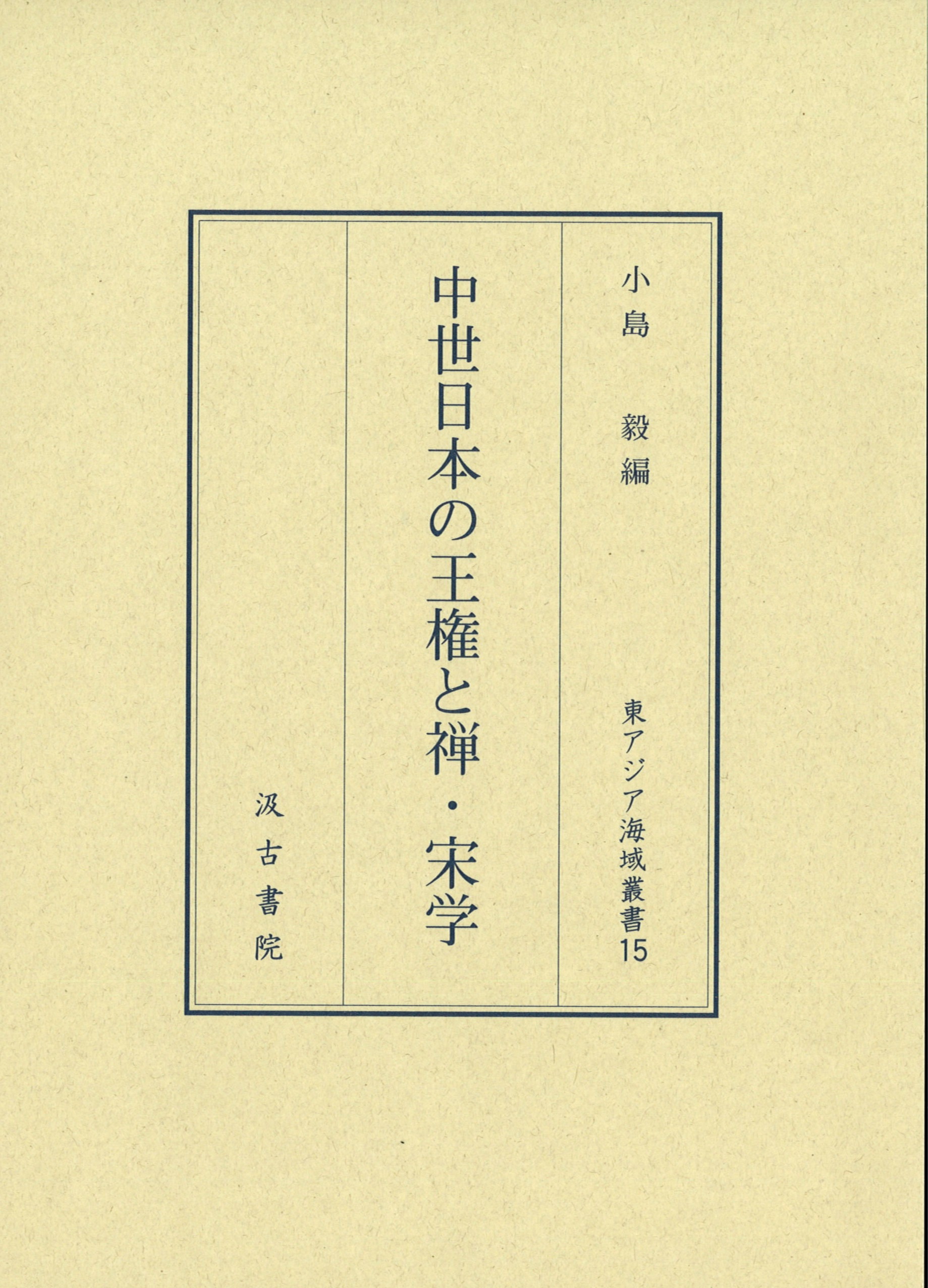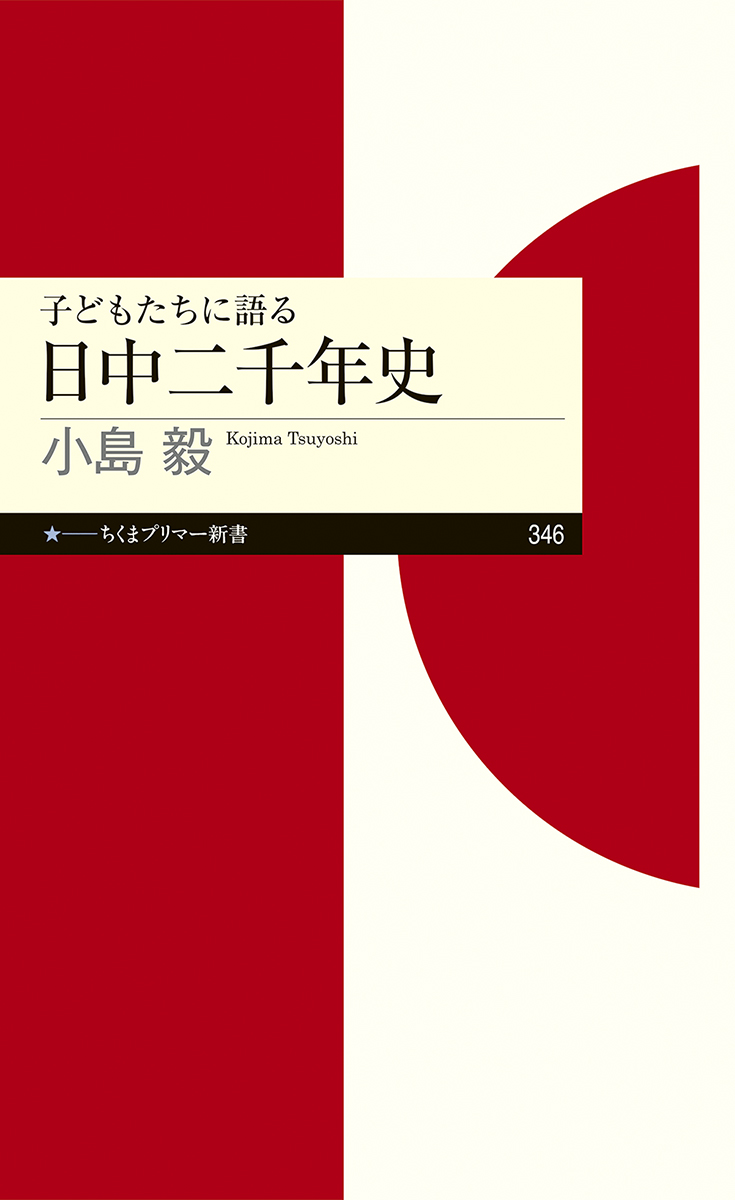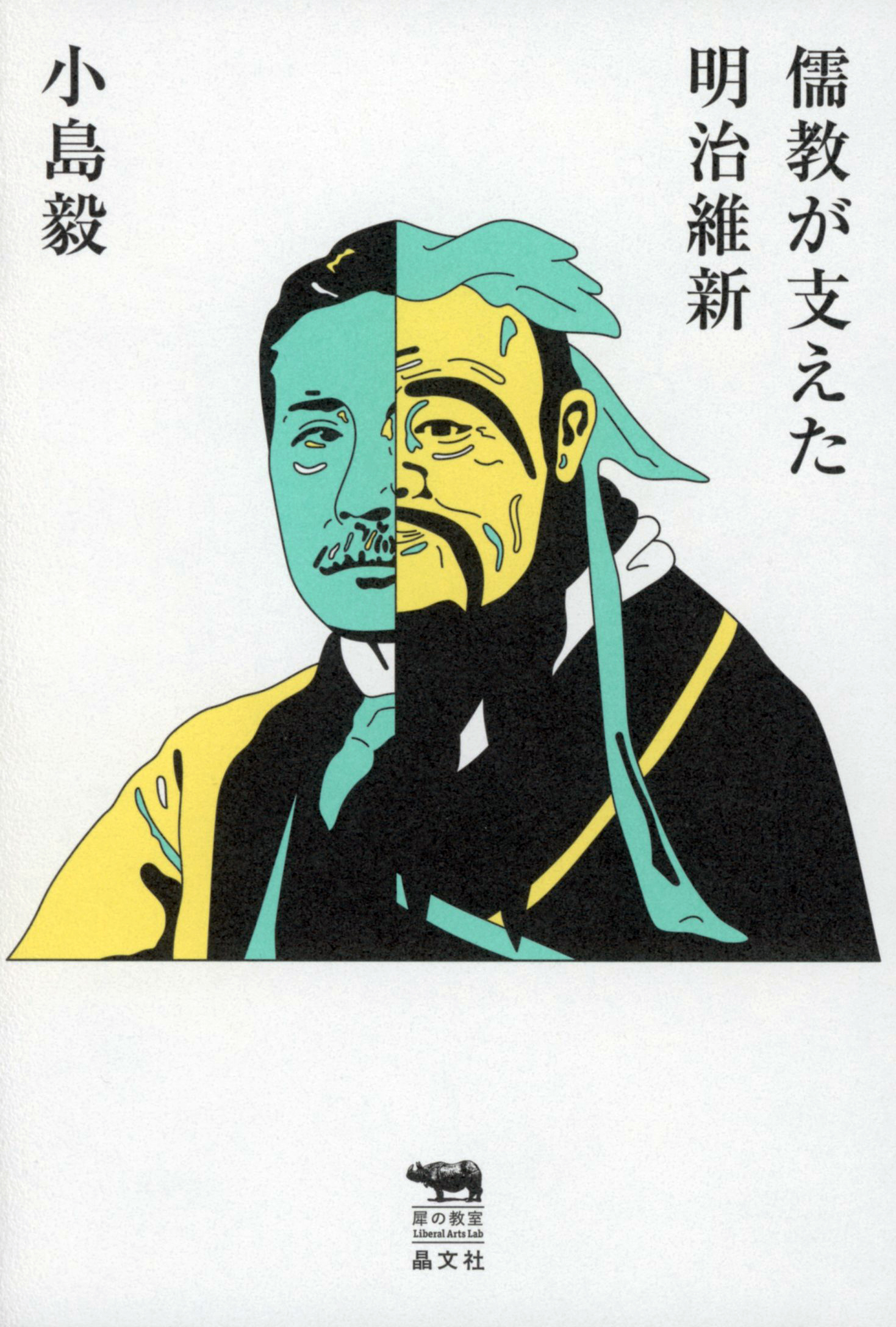
Title
Liberal Arts Lab Jukyou ga sasaeta Meiji-Ishin (Confucianism and the Meiji Restoration)
Size
276 pages, 127x188mm, softcover
Language
Japanese
Released
November, 2017
ISBN
978-4-7949-7033-6
Published by
Shobunsha
Book Info
See Book Availability at Library
Japanese Page
The year 2018 coincided with the 150th anniversary of the Meiji Restoration (1868), and, starting in 2017, many books on the subject were published. This book, too, was one of them, having been published in November 2017. However, there is a vast gulf between this book and the type of books that extol the Meiji Restoration as representing the “dawn of Japan.” In this book, I go back in time and summarize the role Confucianism has played in Japanese history.
While knowledge of Confucianism may appear to be wide-spread in Japan, biased views and misunderstandings are prevalent. The textbook view that Confucianism represents the teachings of Confucius and Mencius cannot be said to be completely wrong. But the popular view that Confucianism is a feudalistic way of thinking unsuited to modern society, as evidenced by the pitiful state of affairs in China and South Korea—a view propounded by Fukuzawa Yukichi in the late nineteenth century, carried over by Shiba Ryōtarō and others after World War II, and still influential in today’s world of commercial publishing—is factually mistaken in the extreme.
In order to become a full-fledged state, the political structure that first emerged in the Japanese archipelago (the government referred to in earlier textbooks as the Yamato dynasty and in present-day textbooks as the Yamato régime) looked to its neighbour, that is, China’s Great Tang empire, considered by people at the time to be the centre of the world. In the early eighth century, the so-called ritsuryō state, modelled on the political order and social organization of Tang China, was provisionally brought to completion. And although it is not explicitly noted in textbooks, the ideas that had created the lüling (ritsuryō) system in China were those of Confucian thought. The relationship between the Japanese and Confucianism began first of all with the Japanese acceptance of a state structure.
Later, Chinese Confucianism underwent a qualitative change with the emergence of Song scholarship or learning (one branch of which was Zhuzi’s school, or Neo-Confucianism). While there was no change in Confucianism’s position as the basis of politics and society, fresh importance came to be attached to the cultivation of the individual’s character. The Zen sects that were introduced to Japan from Song China in the thirteenth century incorporated knowledge of Neo-Confucianism as part of their general learning. In the seventeenth century, during the Edo period, Japanese Neo-Confucianism became independent of Zen temples, and soon afterwards a current of thought critical of Neo-Confucianism emerged from within Confucianism. Educational institutions (such as domanial schools) were established, and in the nineteenth century knowledge of Confucian doctrine had penetrated widely among the warrior class and was nurturing their aspirations for government reform. It was this that formed the intellectual resources underpinning the Meiji Restoration.
In China and Korea, those who had studied Neo-Confucianism had traditionally passed the civil service examinations and governed the country, and Confucianism infiltrated every corner of society, including clothes and ritual etiquette for weddings, funerals, and other ceremonial occasions. Japan, on the other hand, had no civil service examinations, and funerals were conducted by Buddhist priests. But Neo-Confucianism spread widely among warrior families as part of their general education and became the body of thought that underpinned the Meiji Restoration. This book argues that this current of Confucian education was passed on to people such as Yoshida Shōin, Saigō Takamori, and Itō Hirobumi and laid the foundations for Japan’s modernization.
It may be noted that a sequel to this book, which likewise brings together previously published essays by the author, was published in June 2018 in the same series under the title From Men of High Purpose to the Spirits of the War Dead: Sinocentric Thought and the Campaign to Restore the Emperor and Expel Foreigners.
(Written by KOJIMA Tsuyoshi, Professor, Graduate School of Humanities and Sociology / 2018)



 Find a book
Find a book


